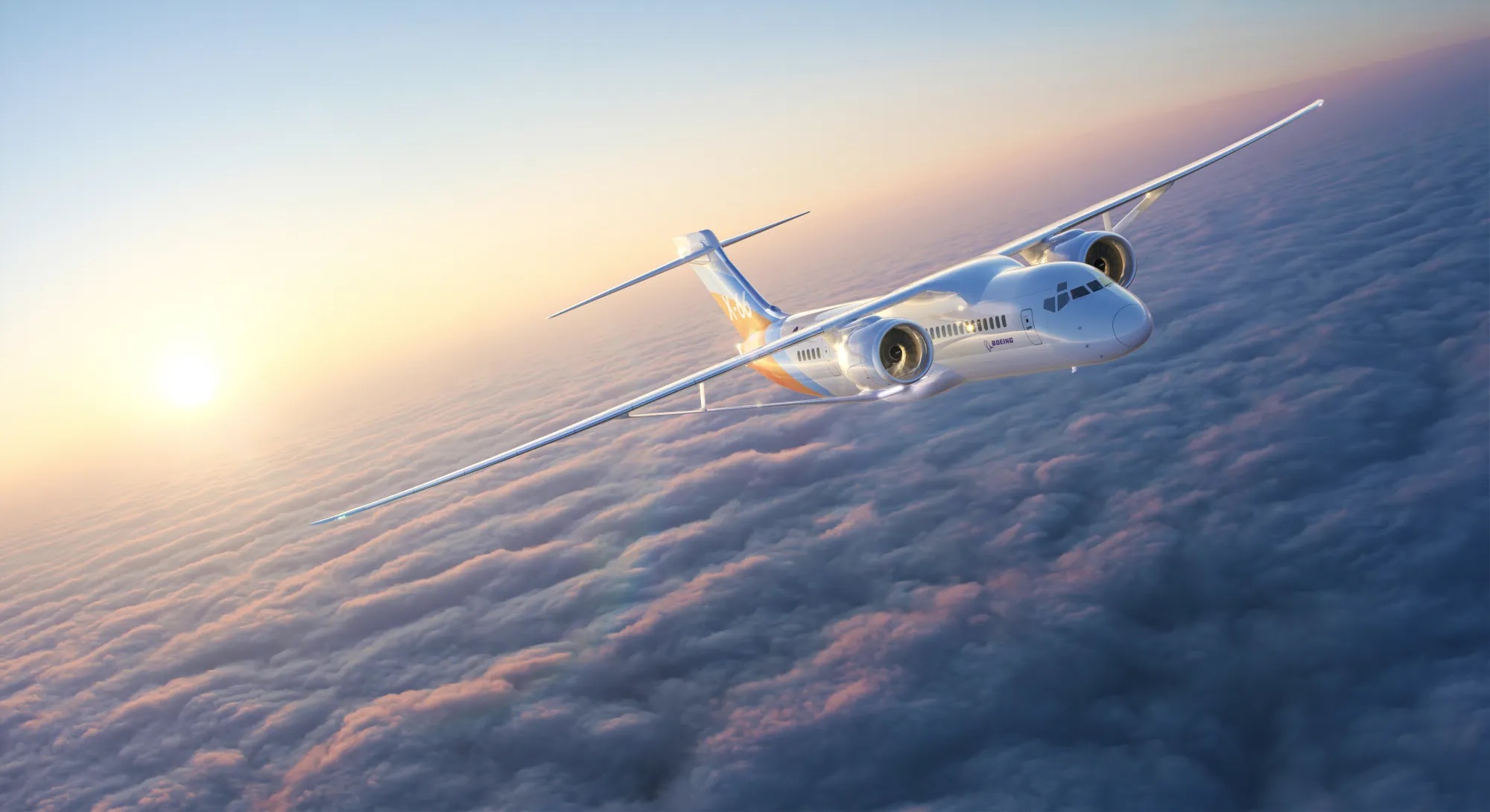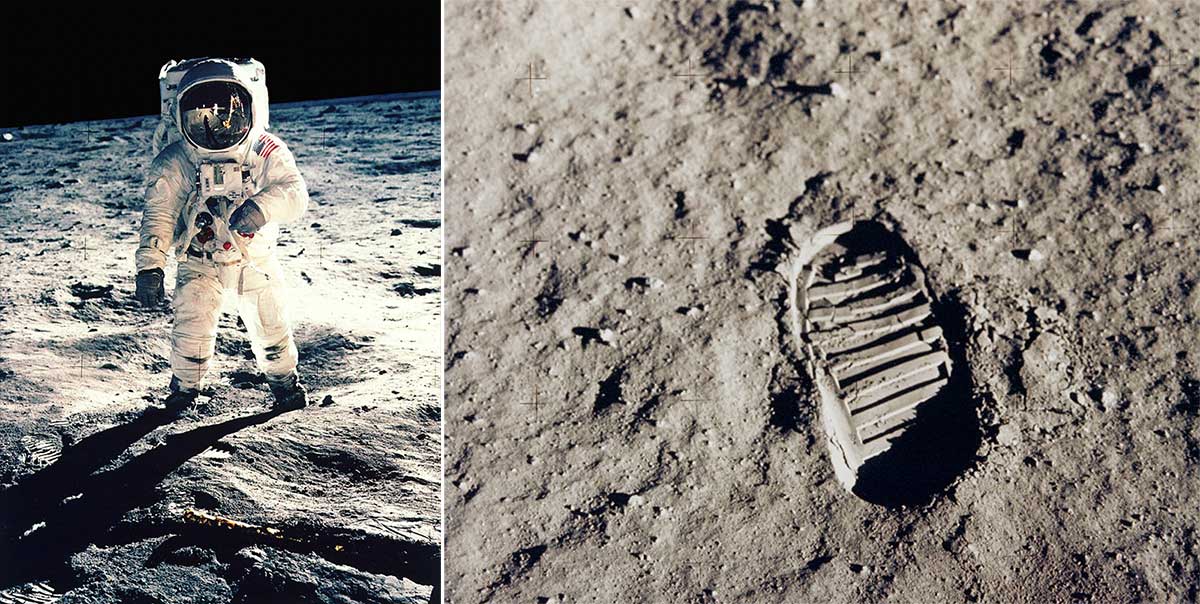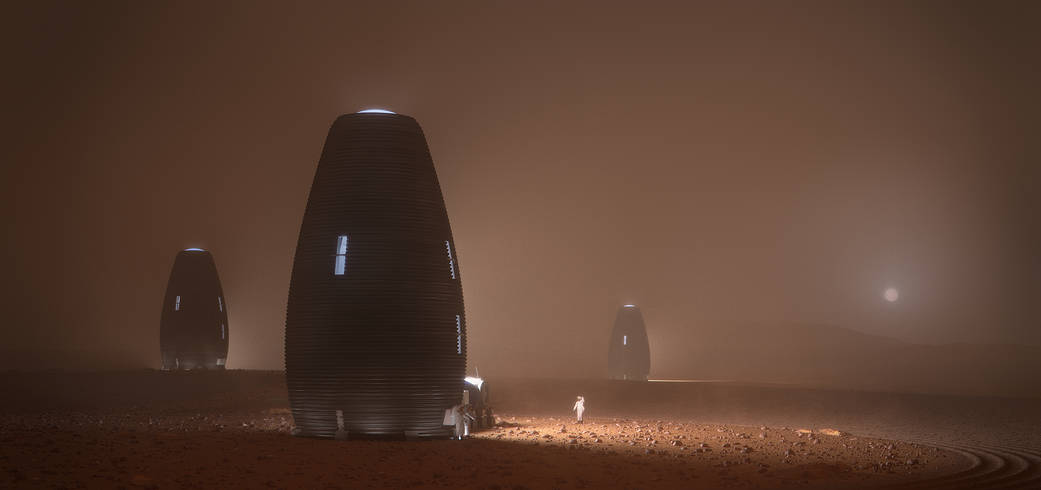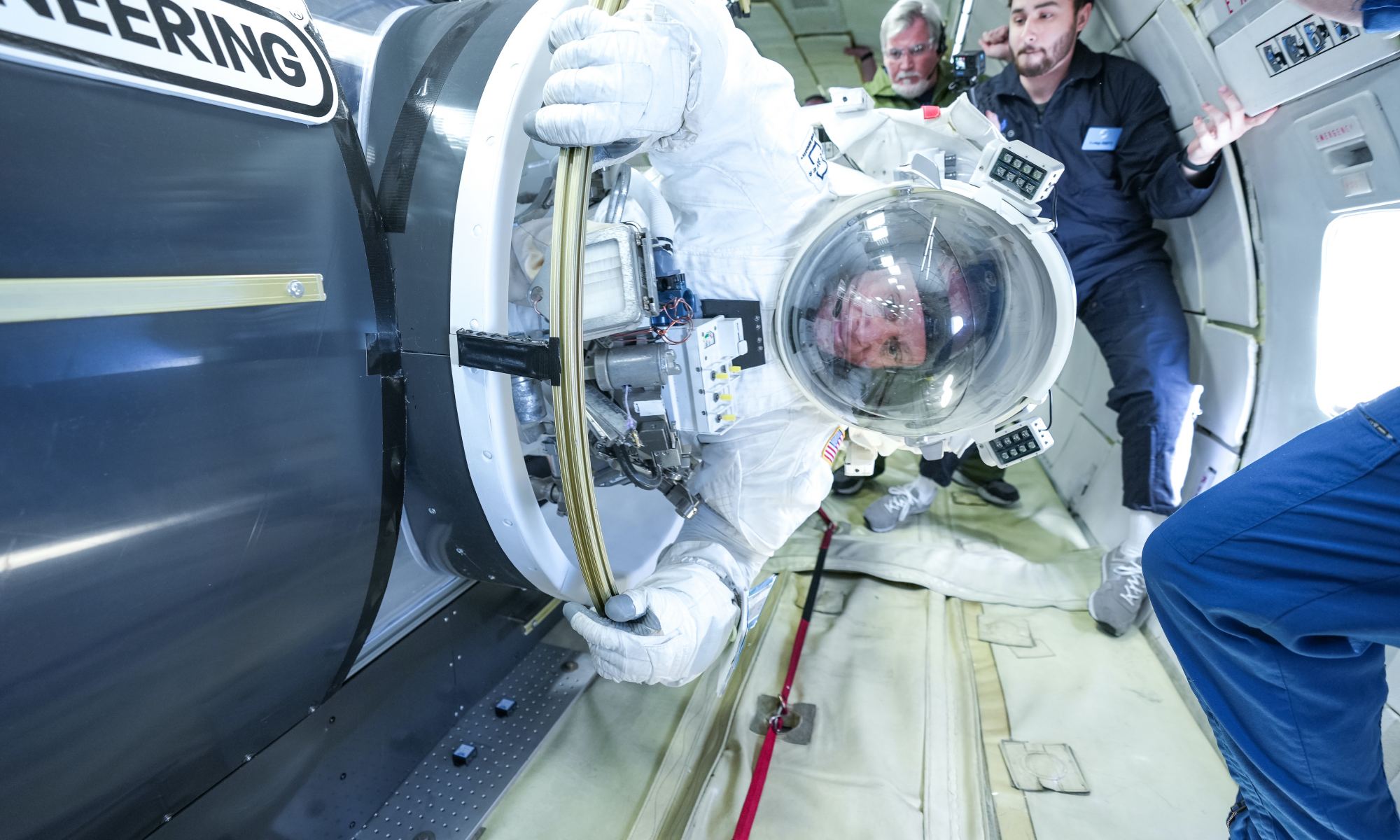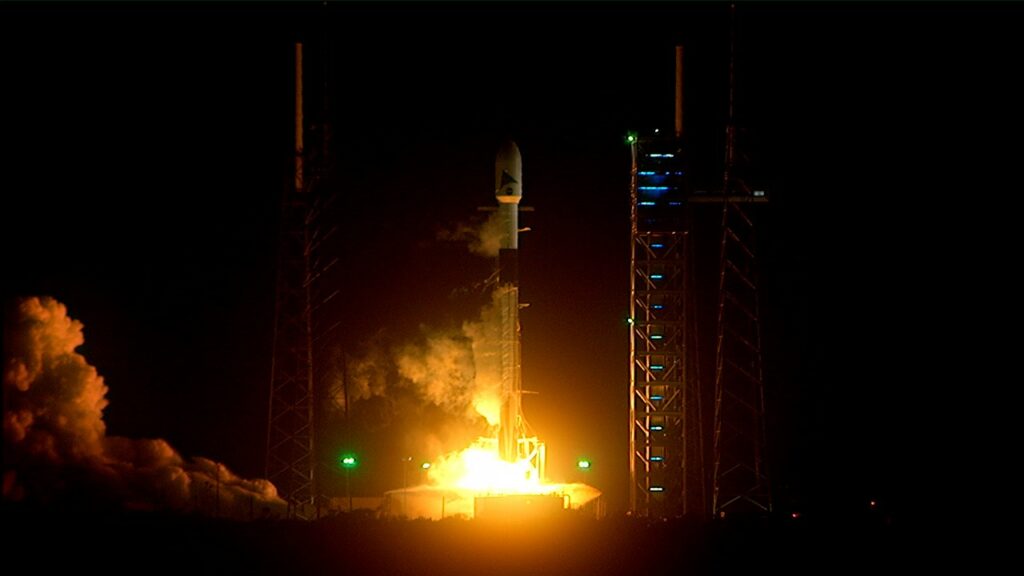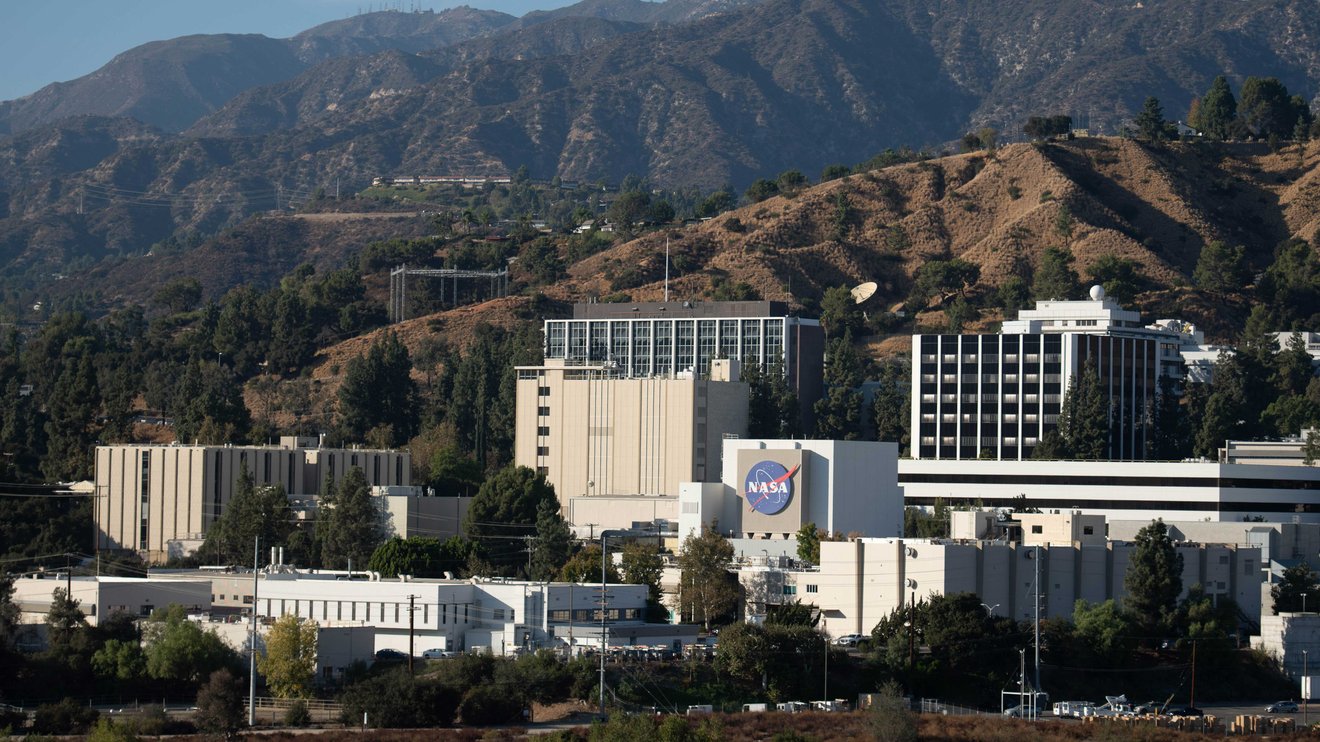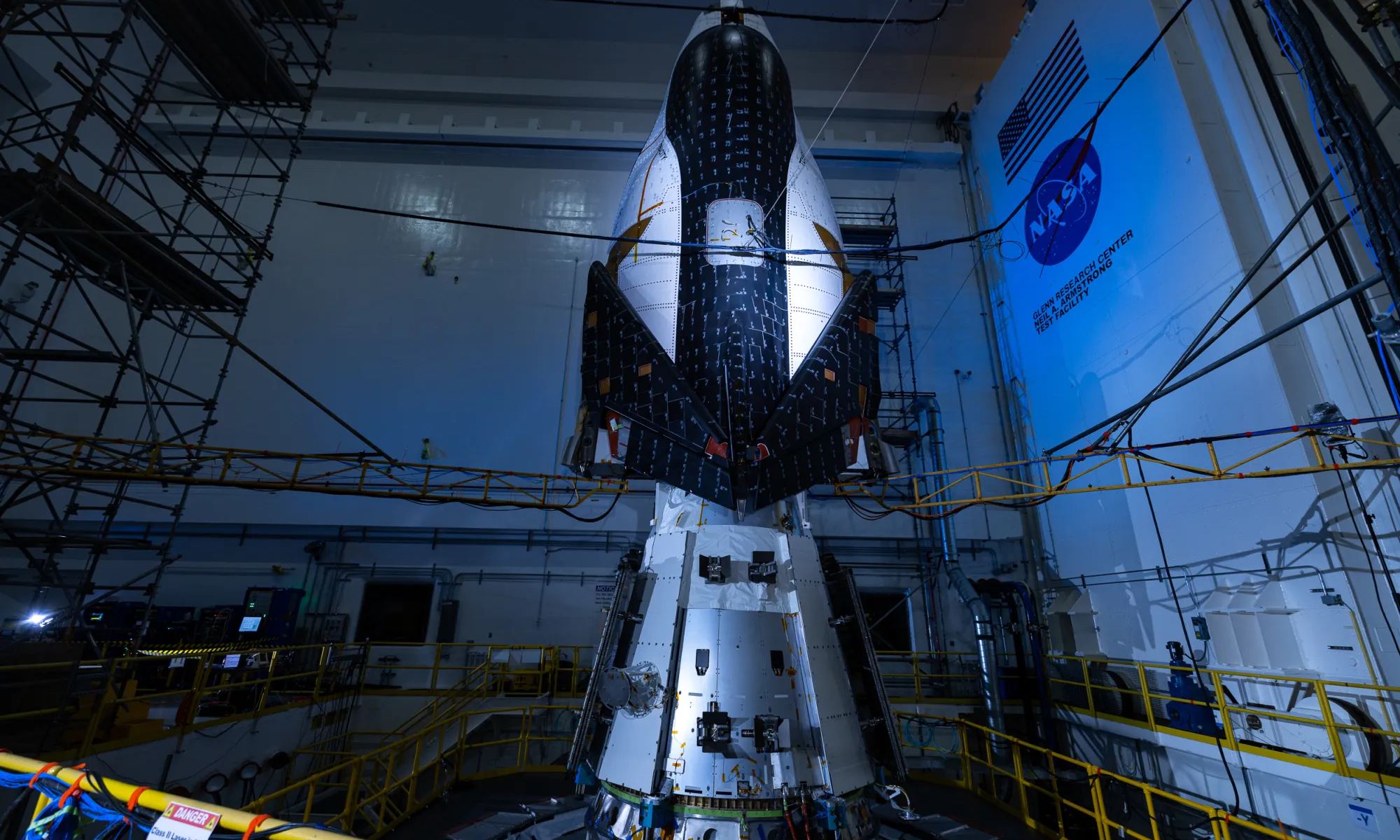Before the end of this decade, NASA plans to return astronauts to the Moon for the first time since the Apollo Era. But this time, through the Artemis Program, it won’t be a “footprints and flags” affair. With other space agencies and commercial partners, the long-term aim is to create the infrastructure that will allow for a “sustained program of lunar exploration and development.” If all goes according to plan, multiple space agencies will have established bases around the South Pole-Aitken Basin, which will pave the way for lunar industries and tourism.
For humans to live, work, and conduct various activities on the Moon, strategies are needed to deal with all the hazards – not the least of which is lunar regolith (or “moondust”). As the Apollo astronauts learned, moondust is jagged, sticks to everything, and can cause significant wear on astronaut suits, equipment, vehicles, and health. In a new study by a team of Texas A&M engineers, the regolith motion was found to be significantly altered due to inter-particle collisions. Given the many spacecraft and landers that will be delivering crews and cargo to the Moon in the near future, this is one hazard that merits close attention!
Continue reading “New Study Addresses how Lunar Missions will Kick up Moondust.”


